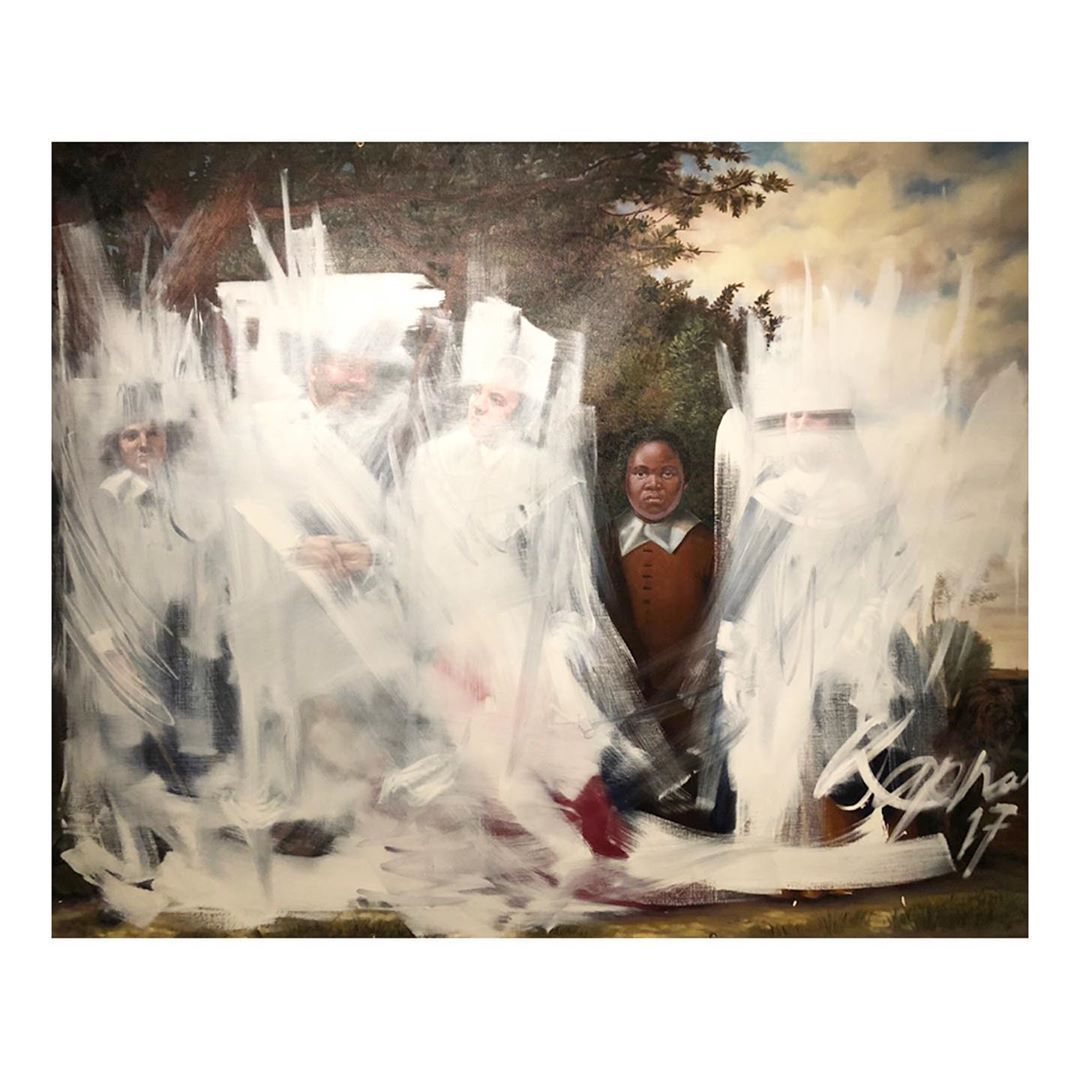Visualizing Race Comparatively

Starting from the premise that race plays itself out visually and spatially, the course explores the relationship between art, materiality, place and race. In addition to reading foundational literature in critical race studies including Aimé Césaire, W.E.B. Du Bois, Frantz Fanon, and bell hooks, our inquiries will be grounded by five case studies: South Africa, Germany, India, Mexico and the US. Each one of these cases will provide a conception of race rooted in local histories and cultures. By analyzing the visual and material dimensions of apartheid, antisemitism, xenophobia, slavery and colonization through these case studies, we will articulate a multidimensional understanding of race as a historical concept. However, to ask how race has shaped visual culture also has global implications, as demonstrated by the recent removal of racist monuments across the world. Thus, by looking at each case study in comparison, students will develop an understanding of both the global and the local ramifications of racism and the antiracist movement. Objects, buildings, places, paintings, names, sculpture and public art will structure our weekly debates. Students will engage in visual analysis and independent research for their final assessment.
Concentration Distribution: Europe/US and Latin America, Early Modern and Modern and Contemporary